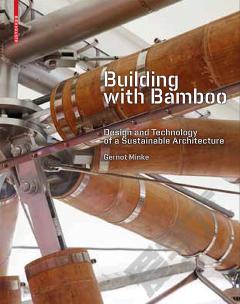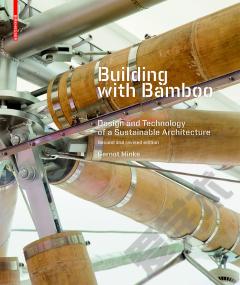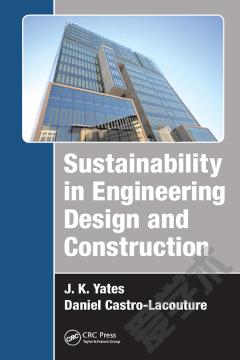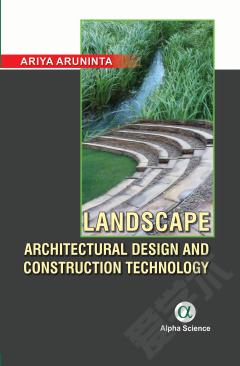Building With Bamboo —— Design and Technology of a Sustainable Architecture
----- 竹建筑:可持续发展建筑的设计和技术
Traditionally a building material of hot cli- mate zones in Asia and Latin America, bam- boo is now being increasingly discovered by architects of the northern hemisphere as well. It is lightweight, highly elastic and duc- tile, and in addition possesses qualities especially in demand in an era of limited resources: renewability and abundant availa- bility. Architects and engineers have signifi- cantly widened the applications of bamboo in recent years and today even wide-span bridges can be built from it. Impressed with its technical and aesthetic possibilities, European, Japanese, and North American architects have adopted bamboo for a variety of construction tasks, ranging from exclusive private residences to experimental pavilions, and from airy canopies to schools or muse- ums. The book provides a detailed manual for bamboo constructions and presents a broad selection of built examples, among them the spectacular bamboo pavilions of the 2010 Shanghai World Exposition, a multi-storey car park in Leipzig, the Nomadic Museum in Mexico City, and Richard Rogers’s Terminal 4 at Madrid Airport.
{{comment.content}}








 京公网安备 11010802027623号
京公网安备 11010802027623号